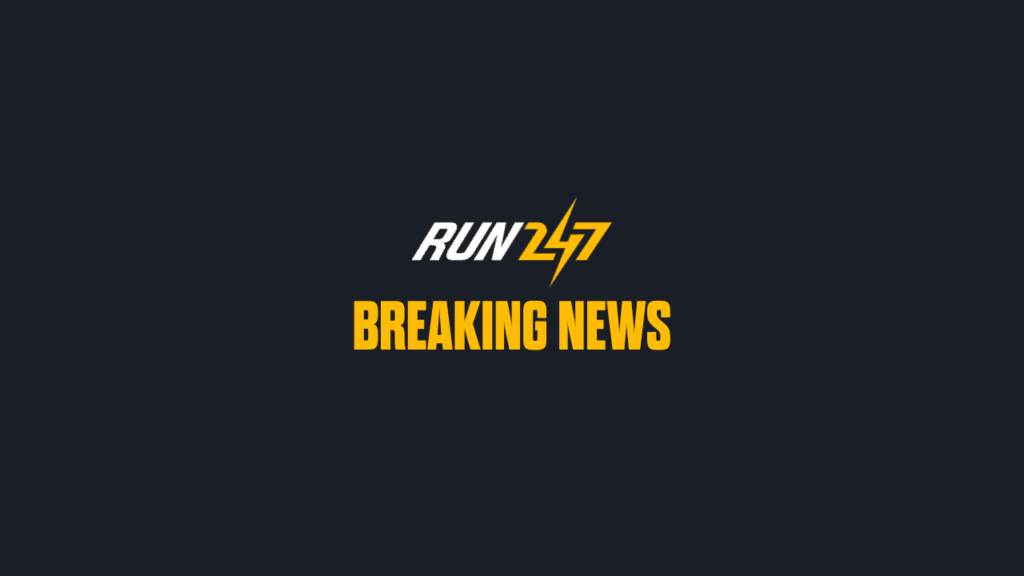Record-breaking performances unfolded at the Cocodona 250, a demanding ultramarathon that spans 256 miles from Black Canyon City to Flagstaff, Arizona. With a total ascent of 40,000 feet, this race is characterized by its diverse terrain and challenging conditions, making it an essential event for experienced ultrarunners looking for insights into high-level competition.
Dan Green delivered an impressive performance, claiming the overall victory in 58 hours, 47 minutes, and 18 seconds—over an hour faster than the previous course record. Green’s strategy became evident as he navigated the course; initially running in third and fourth positions, he engaged in a tactical battle where pacing and timing were crucial. He demonstrated awareness of his competitors, notably South Africa’s Ryan Sandes, who stayed alongside him for over 60 miles. Green’s decisive move came just before the 100-mile mark when he surged ahead, capitalizing on the opportunity to not only take the lead but maintain a fast pace that would secure both the win and the course record. His tactical ascent to the front highlights the importance of endurance management and moment-to-moment decision-making in ultramarathons—qualities essential for athletes looking to push their limits in significant mountain races.
The women’s race saw defending champion Rachel Entrekin dominate after ultrarunning great Courtney Dauwalter, who had initially led, withdrew from the race at mile 108. Entrekin quickly capitalized on her new position and, unbeknownst to her, was leading until informed mid-race. This moment underscores a vital aspect of ultrarunning: knowing your race strategy and maintaining focus, even amidst uncertainty. Entrekin exhibited exceptional pacing, finishing in fourth overall with a time of 63 hours, 50 minutes, and 55 seconds. This time not only secured her the women’s title but also shattered the previous record by over seven hours, underscoring her ability to sustain an efficient and effective pace across a prolonged distance.
The conditions during the Cocodona 250 presented further challenges. The field contended with an array of weather circumstances, including hail, snow, and significant rainfall. Such variability necessitates careful preparation for ultrarunners, as the ability to adapt to changing conditions can make or break a race. Effective gear selection and strategic planning for nutrition and hydration become even more critical in unpredictable weather; runners must prepare for quick transitions in pace and energy management.
For accomplished athletes looking to secure UTMB qualification or targeting similar elite events, the performance insights from the Cocodona 250 offer valuable strategies. Both Green and Entrekin exemplified the significance of solid pacing and the mental sting in realizing their lead positions. The races highlighted that the balance of knowing when to push and when to conserve energy can lead to substantial gains in overall positioning. Observing how competitors maintained their rhythms, especially during tough climbs, could provide takeaways for preparing for the multifaceted challenges of mountain ultras.
In terms of competitive tactics, staying aware of competitors while maintaining personal pacing plans can be a useful strategy. Green’s dynamic adjustment to the race unfolded by observing both his position and that of Sandes—allowing him to dictate the pace when he sensed the opportunity. His ability to clearly visualize what was required in terms of performance against his opponents illustrates the necessity of mental acuity in navigating the ultra-distance.
Entrekin’s gradual increase of distance between herself and her competitors demonstrates that a measured approach to pacing, particularly in the initial miles, allows for a reliable and sustainable effort throughout the latter parts of a race. This may serve as a reminder for seasoned athletes that patience is crucial; even moments where they may not feel in front carry the weight of strategic positioning if executed properly.
Post-race analysis is equally important. Athletes should review their gear choices, hydration strategies, and nutrition plans to refine them for future competitions—especially those aspiring to tackle races like UTMB. The innovations in gear that pieces designed for adaptive performance could play a role in reliability and weight management, impacting overall outcomes during such exhausting challenges. Understanding the nuances of gear performance, especially over long miles and various terrains, remains a pivotal consideration for any serious ultrarunner.
Ultimately, the Cocodona 250 has underscored that record-breaking performances emerge from a combination of sound tactical decisions, keen awareness of race dynamics, and the ability to adapt to both physical and environmental challenges. For those preparing for equivalent high-stakes mountain ultras, focusing on pacing, mental fortitude, and strategic adjustments during races offers invaluable lessons. Athletes should aim to integrate these insights into their training and racing plans, allowing the complexities of ultrarunning to become manageable through structured preparation. These dimensions of race strategy, seen in the results from Cocodona 250, serve as actionable takeaways in forming a competitive edge in future endeavors.
